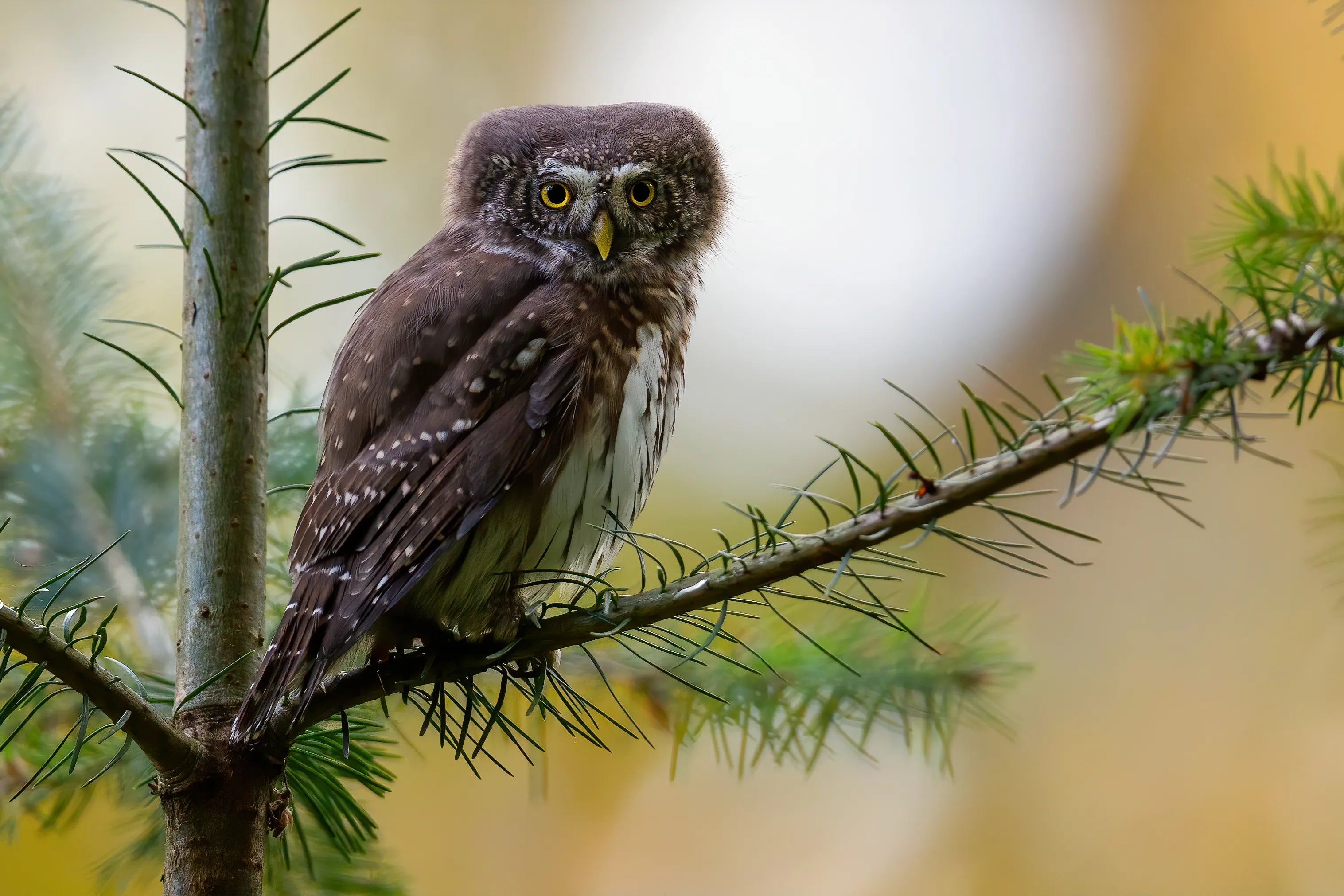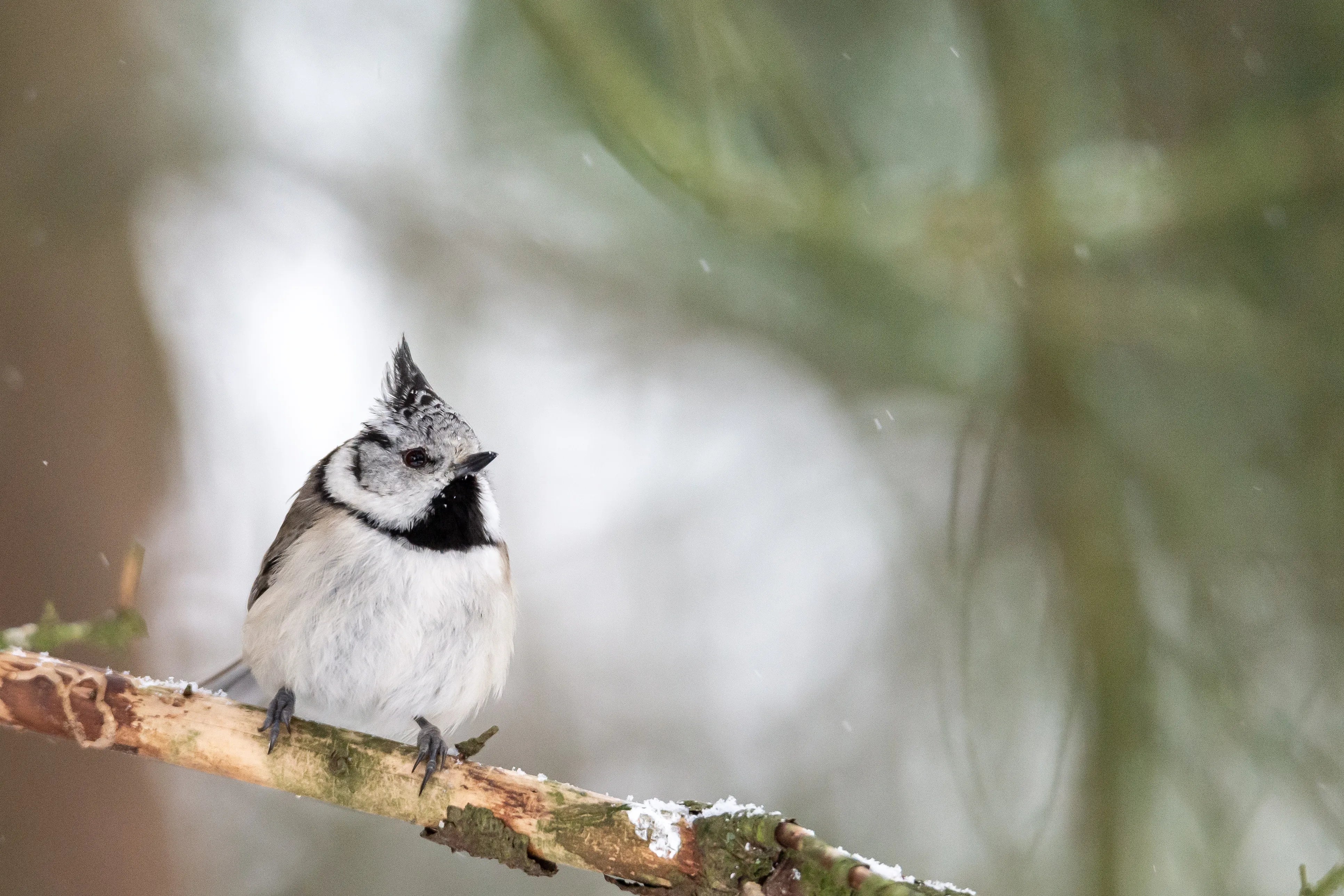When it comes to the birds and the bees, birds don’t exactly follow the same script. While many animals engage in visually obvious mating behaviors, birds often keep things discreet—and remarkably quick. So how do birds have sex, exactly? And what makes their mating so different?
In this post, we’ll explore the fascinating world of bird reproduction, from courtship rituals to the cloacal kiss, and uncover some wild facts you probably didn’t learn in biology class.
💃 Courtship Comes First: Flirting, Feathers & Fancy Moves
Before anything physical happens, most birds engage in elaborate courtship rituals. These displays help birds find compatible mates and can include:
- Singing complex songs (think of nightingales or song sparrows).
- Dancing or wing-spreading displays (like cranes or birds-of-paradise).
- Offering gifts (yes, some birds bring twigs, food, or even shiny objects).
For many species, mating is more about building trust and proving fitness than the actual act itself.
🔄 Cloacal Kiss: How Do Birds Actually Mate?
Birds don’t have external genitalia like mammals. Instead, both male and female birds have an opening called a cloaca, which functions as the exit for waste, eggs, and sperm.
During mating, the male bird mounts the female and they briefly press their cloacas together in a moment known as the “cloacal kiss.” The male transfers sperm into the female’s cloaca, which then travels to fertilize the eggs.
👉 Fun fact: The whole process usually lasts just a few seconds, though some species may attempt several times for successful transfer.
🦆 Wait, Don’t Some Birds Have Penises?
Yes! While about 97% of birds reproduce via the cloacal kiss, some birds—especially waterfowl like ducks and geese—actually do have penises. These can be surprisingly long (in some species, longer than their body) and are coiled like a corkscrew.
Why the difference? Many researchers believe this evolved due to mating competition and reproductive strategies in aquatic environments.
🥚 From Mating to Eggs: What Happens Next?
Once the sperm fertilizes the egg, the female stores it until her body is ready to lay. Depending on the species, she may lay one egg a day until her clutch is complete.
Many birds take turns incubating the eggs, while others—like killdeer—use clever camouflage and distraction tactics to protect their nests.
⏱️ How Often Do Birds Mate?
Some birds are seasonal breeders, mating only during spring or early summer. Others, like pigeons or parrots in warm climates, may breed multiple times per year.
Frequency also depends on species, age, hormones, and even food availability. And no, most birds don’t mate for pleasure—it’s all about timing and survival.
💡 Why It Matters: Birdwatchers, Backyard Gardeners, and Smart Feeders
Understanding how birds reproduce isn’t just a fun biology lesson—it helps us be better bird allies.
- If you have a smart bird feeder, you might notice changes in bird behavior during mating season—like more chasing, singing, or territorial disputes.
- Providing food, water, and safe nesting spaces can support healthy breeding for local species.
- Keeping your backyard cat indoors is especially critical during spring, when fledglings are most vulnerable.
❓ FAQ: Common Questions About Bird Reproduction
Q: Do all birds reproduce the same way?
A: No—while most use the cloacal kiss method, some (like ducks) have penises. Reproductive behavior varies widely between species.
Q: Do birds mate for life?
A: Some do! Species like swans, albatrosses, and bald eagles are famous for long-term pair bonds. But many others switch partners each season.
Q: Can I tell if birds are mating in my backyard?
A: Yes, signs include males singing loudly, chasing females, and brief mounting behavior. Don’t worry—it’s usually over in seconds.
Q: Is it okay to watch?
A: Observing from a distance is fine, but avoid disturbing them—especially during nesting season.
📌 Final Thoughts: A Fast but Fascinating Affair
Bird sex might be quick and subtle, but it’s a key part of the incredible life cycle we observe in our backyards. The next time you spot a pair of bluebirds dancing through the air or see a male cardinal singing his heart out—know that love (and biology) is in the air.




Leave a comment
All comments are moderated before being published.
This site is protected by hCaptcha and the hCaptcha Privacy Policy and Terms of Service apply.